Installing fitted wardrobes – everything you need to know
Everything you need to know about integrating built-in storage into your bedroom
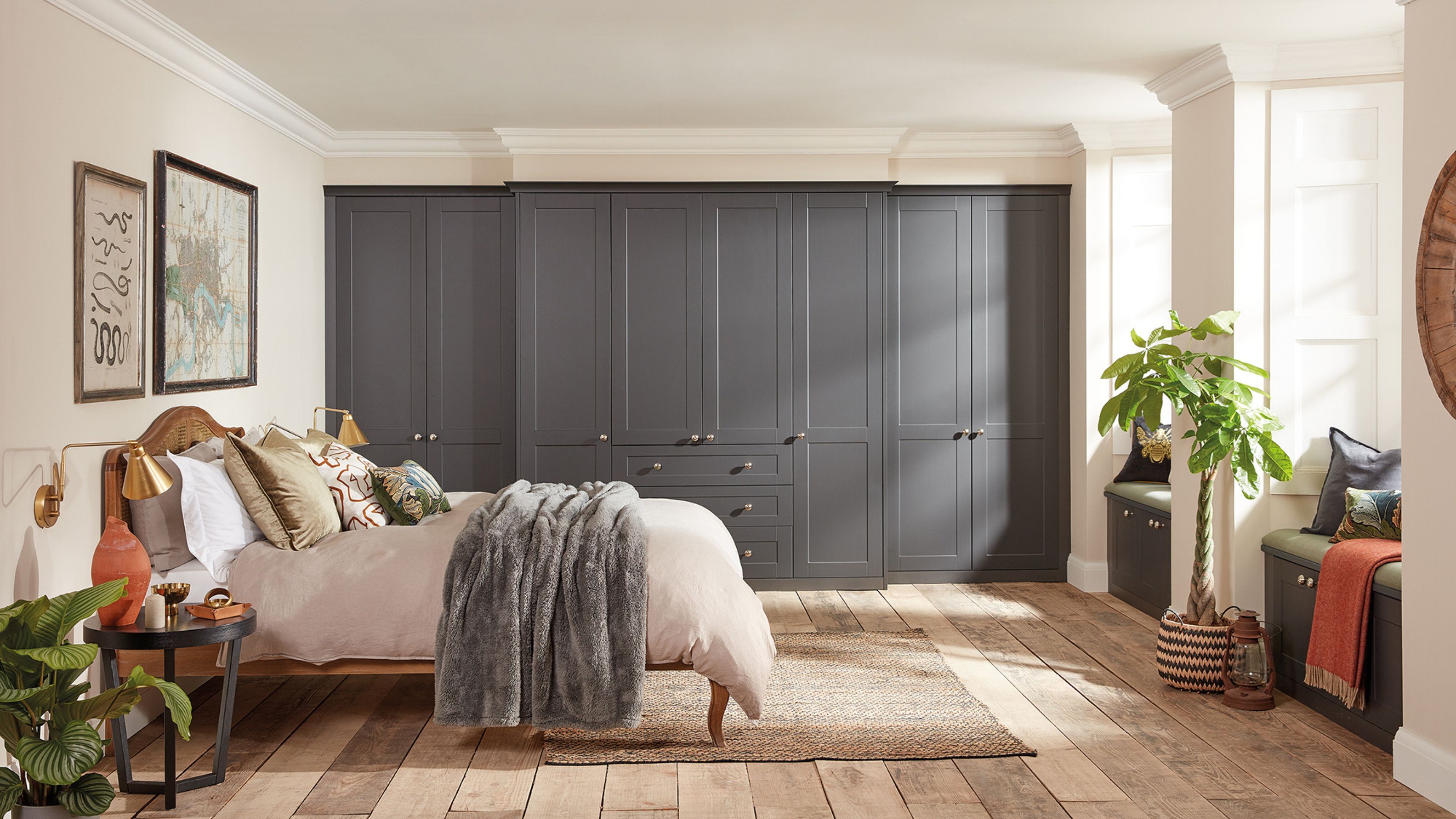

Whether large or small, a bedroom that lacks storage space will be a messy one. Create a home for all your clothes for an organised and peaceful space, where you can have a good night’s sleep.
Fitted wardrobe ideas can have a transformative effect – optimising even the smallest spaces and helping to keep your bedroom tidy. It is for this reason that fitted wardrobes are one of the best bedroom design tips for better sleep.
Installing fitted wardrobes
Fitted bedroom storage ideas come under three main categories: fitted furniture; bespoke furniture and custom furniture.
Fitted furniture is the generic term for furniture that is fixed to the walls or floor of a room and comes in two forms: custom and bespoke.
Bespoke furniture is unique to your space. This is ideal if you have an unusually shaped room and want to make the most of nooks and crannies. As expected, this service commands a higher price than a custom design.
Custom furniture adapts a pre-existing shell to your needs – altering the height, depth and interior to suit your requirements. Custom furniture is sometimes marketed as ‘bespoke’ due to its personalisation.
Should I opt for full height wardrobes and cabinets?
Fitted bedroom wardrobe ideas will help you to maximise every inch of space – ideal if you have a small bedroom.
Rachal Hutcheson, national retail manager for Sharps, says ‘one key benefit of fitted wardrobes is that you can use the “dead” space above, creating efficiencies that freestanding furniture doesn’t offer.’
‘Using floor-to-ceiling wardrobes will create the illusion of higher ceilings which, alongside the added storage, is welcome in smaller rooms,’ says Simon Tcherniak, senior designer at Neville Johnson.
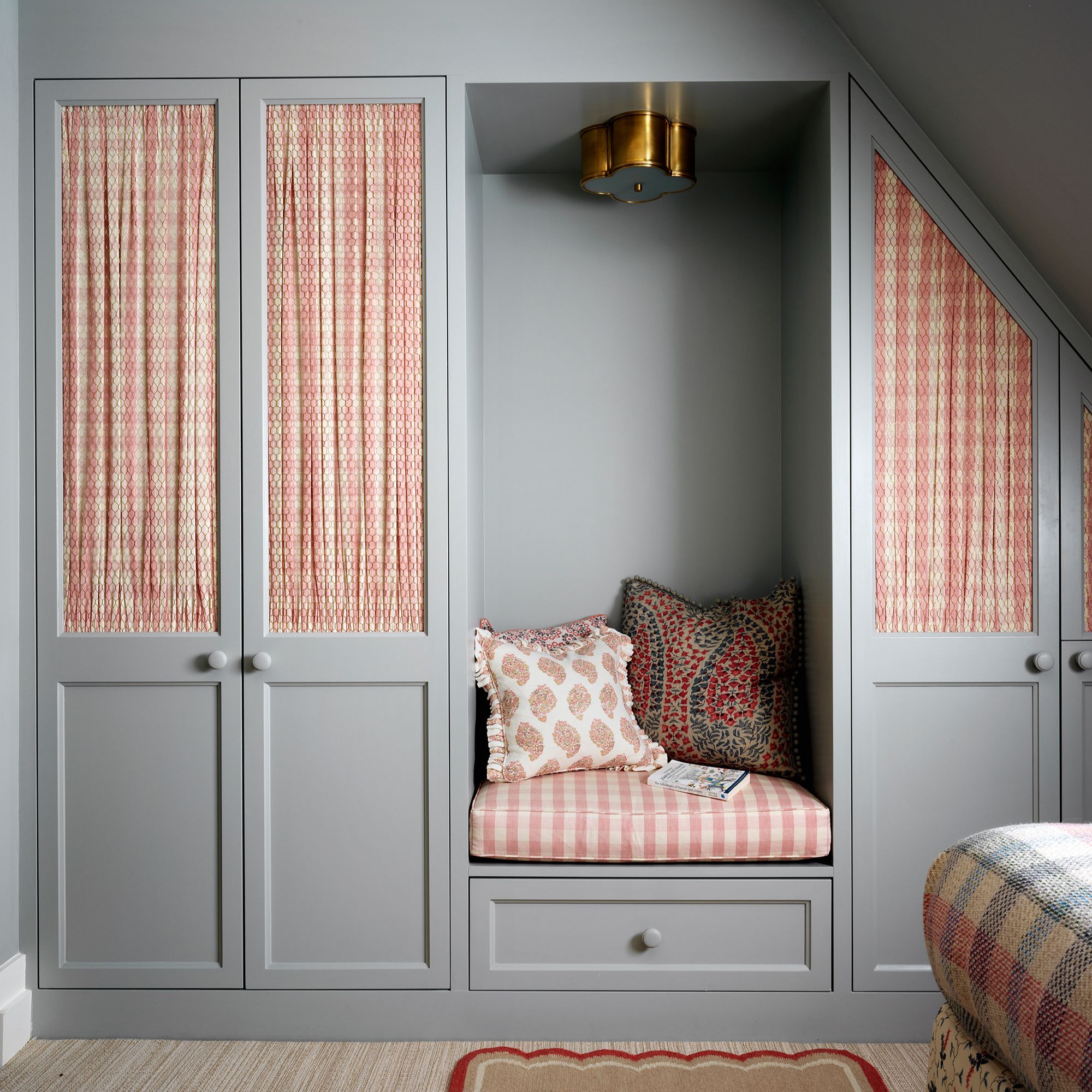
How do I choose the right size of fitted wardrobe for my room?
You need to have a comfortable walkway in front of the wardrobes. ‘Aim for a minimum measurement of 24 to 30 inches between pieces of furniture,’ says Ashleigh Hanwell, senior designer at Second Nature.
Try mapping the layout on the floor with masking tape and living with this for a few days, so you can readjust the measurements if needed. Consider bifold doors or sliding wardrobe door ideas for a compact design without compromising too much on the internal space.
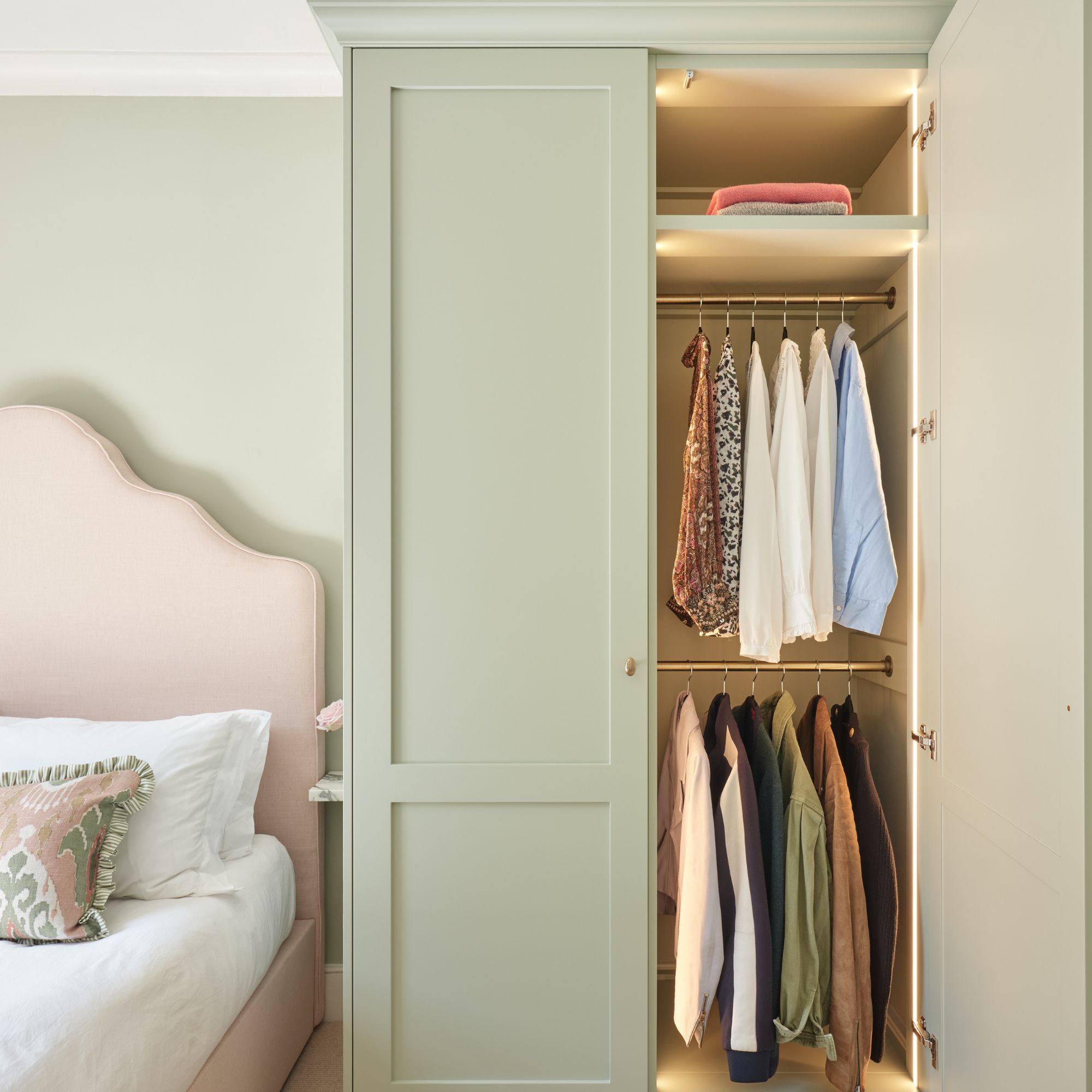
Which internal fittings should I choose for my wardrobes?
When it comes to organising your wardrobe, getting the right fittings is essential. Start by looking at your clothing and accessories. If you don’t have a lot of trousers but love long dresses, then your needs will be different to someone who tends to wear suits. There are plenty of different options available, from rails and shelves, to half rails, pigeonholes, shoe racks and specific trouser and tie storage options.
‘More and more customers are opting to incorporate shoe and bag storage. Regardless of how many pairs of shoes you have (and the average woman owns over 24 pairs), clever shoe storage solutions will keep them in check,’ says Megan Baker, head of design for My Fitted Bedroom.
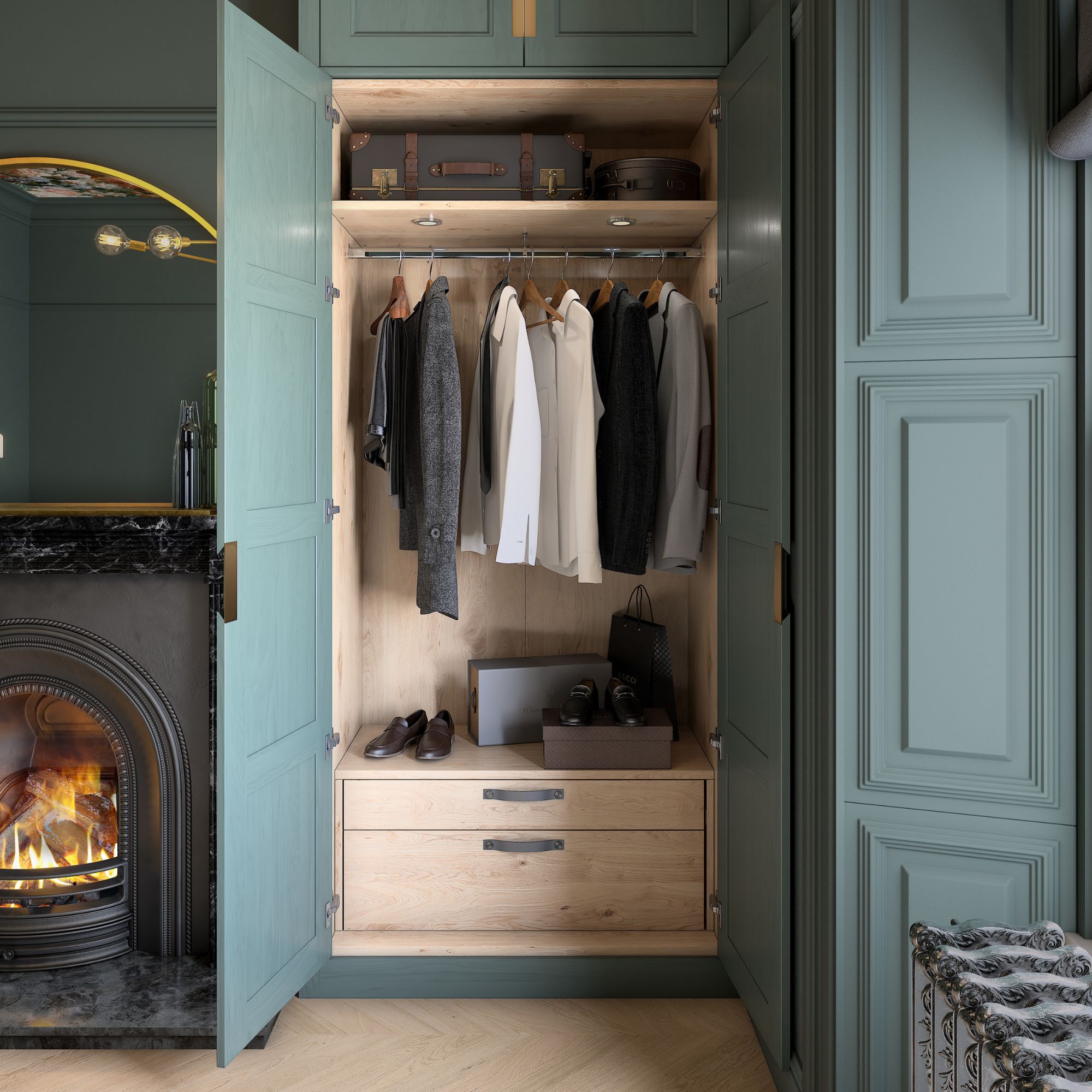
Is it best to opt for backs to my wardrobes, or can I do without?
Opinion differs on which is best – ask your supplier for advice specific to your setup. ‘We always recommend putting backs in our wardrobes as it provides a premium finish and helps the structural integrity of the custom units,’ says Megan.
However, Rachal at Sharps notes that ‘not opting for unnecessary panels enables you to utilise up to 40 per cent more space inside the wardrobe.’ When it comes to bespoke designs, Rebecca Nokes, design director at John Lewis of Hungerford, believes that ‘backs are a waste of money and space; the only reason we suggest them is if there’s a problem with the wall.’ Adding backs can compromise on the space for clothes storage ideas.
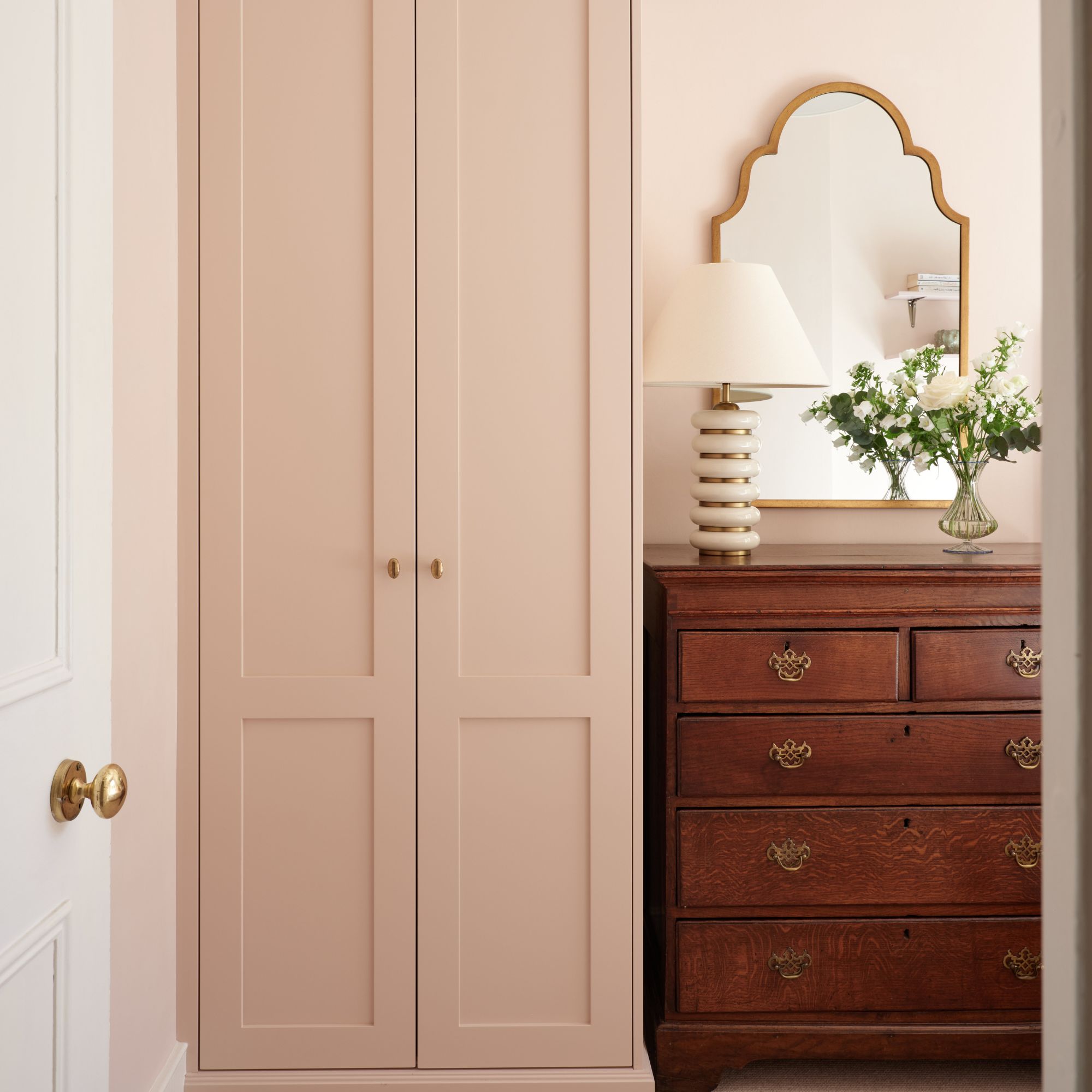
Should I install an entire wall of fitted wardrobes?
Where space permits, a full wall of wardrobes can be a great addition. However, a whole wall of doors might make the room feel more compact. In larger bedrooms, this can be a benefit, adding character to the space. This doesn’t mean you can’t have a full wall of wardrobes in a smaller space, however.
Adding mirrored doors, whether a single door or across the run, will reflect light and minimise the impact. ‘You could also include open shelves, which breaks up a wall of cabinetry beautifully,’ adds Rebecca.
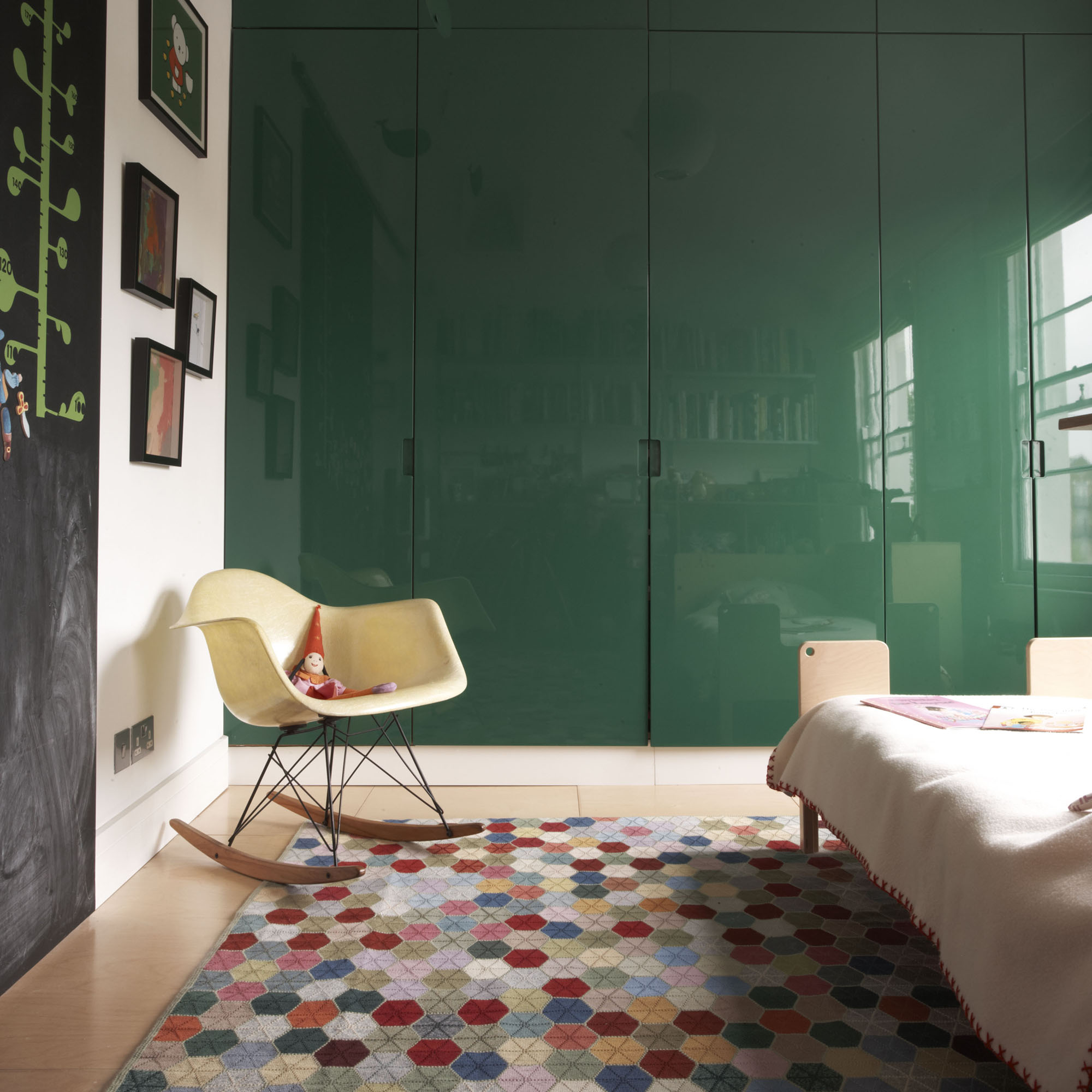
What should I look for in terms of materials and design?
Always opt for the highest quality materials you can afford. ‘View it as a “forever piece” that will serve your storage needs for years to come. The right style can very often add value to your home,’ advises Rachal. ‘Beyond the materials, always check your warranty and try to secure a guarantee of at least 10 years.’
The cabinet is only part of the design. ‘Wardrobes, like kitchens, look fantastic when accessorised with gorgeous hardware. They look amazing when painted the same colour as the walls in your bedroom so they blend in seamlessly, which is particularly useful in smaller bedrooms,’ adds Rebecca.
Get the Ideal Home Newsletter
Sign up to our newsletter for style and decor inspiration, house makeovers, project advice and more.

Holly is one of Ideal Home’s content editors. Starting her career in 2018 as a feature writer and sub-editor for Period Living magazine, she has continued this role also adding regular features for Country Homes & Interiors and the Ideal Home website to her roster. Holly has a passion for traditional and country-inspired interiors – especially kitchen design – and is happiest when exploring the countryside and hills of the Lake District. A keen gardener, she is a strong believer that you can never have too many houseplants.
-
 Will a conservatory add value to your home and how can you maximise it?
Will a conservatory add value to your home and how can you maximise it?This is what the pros say
By Amy Reeves
-
 I’ve been looking for a new signature scent for my home and The White Company's new fragrance is the exact summer holiday smell I needed
I’ve been looking for a new signature scent for my home and The White Company's new fragrance is the exact summer holiday smell I neededSantorini smells fresh, summery and sophisticated
By Kezia Reynolds
-
 How to remove algae from garden walls in five steps – and the cleaning product experts rave about for tackling it fast
How to remove algae from garden walls in five steps – and the cleaning product experts rave about for tackling it fastExperts share their top tips for getting garden walls algae-free
By Katie Sims